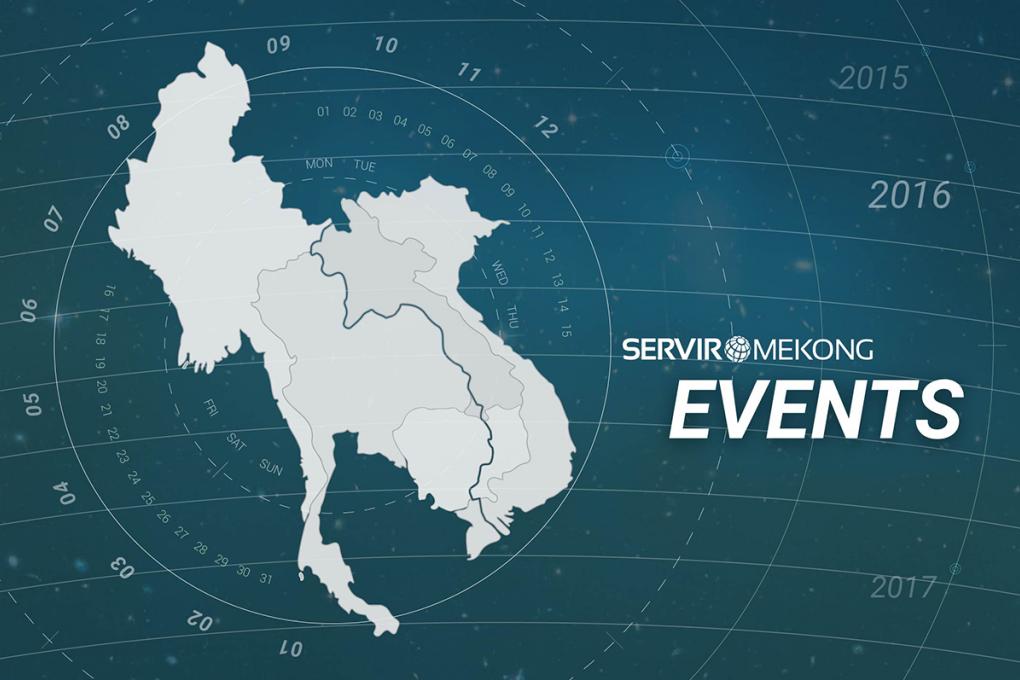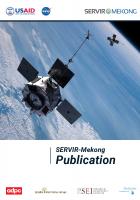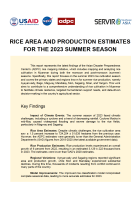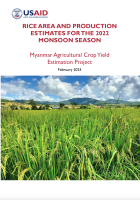Regional Training on Shuttle Radar Topography Mission (SRTM) – 2.
SERVIR-Mekong, ADPC is organizing this event in collaboration with SERVIR-Hindu Kush Himalaya, International Centre for Integrated Mountain Development (ICIMOD) with an objective to support the regional member countries in enhancing climate services by integrating geospatial tools and technologies into the development decision-making.

SERVIR-Mekong, ADPC is organizing this event in collaboration with SERVIR-Hindu Kush Himalaya, International Centre for Integrated Mountain Development (ICIMOD) with an objective to support the regional member countries in enhancing climate services by integrating geospatial tools and technologies into the development decision-making. Other collaborators and partners include Committee on Earth Observation Satellites (CEOS) Working Group for Capacity Building and Data Democracy (WGCapD), and Secure World Foundation (SWF).
The 30-meter elevation SRTM-2 datasets, which are freely and publicly available, are extremely valuable for addressing critical issues impacted by the Earth’s topography, including water flow, heavy rainfall, river plain flooding, coastal storm surges, agricultural stresses; and public health challenges. In this context, this training is aimed at demonstrating the use of the high resolution digital elevation model (DEM) available (SRTM-2) and thereby build the capacity in the region in the use of DEM data for applications in different thematic areas.
At the conclusion of the workshop, the participants will have:
- Ability to describe the availability, applications, and limitations of satellite DEMs at varying spatial scales, from sub-meter to 90 m.
- Ability to use DEM data for delineation of river basins.
- Ability to use DEM data for flood modeling and inundation mapping.
- Understanding of the accuracies of flood maps produced using DEMs at various spatial scales.
- Ability to describe the ability, applications and accuracies of using DEMs in flood models and inundation maps.









